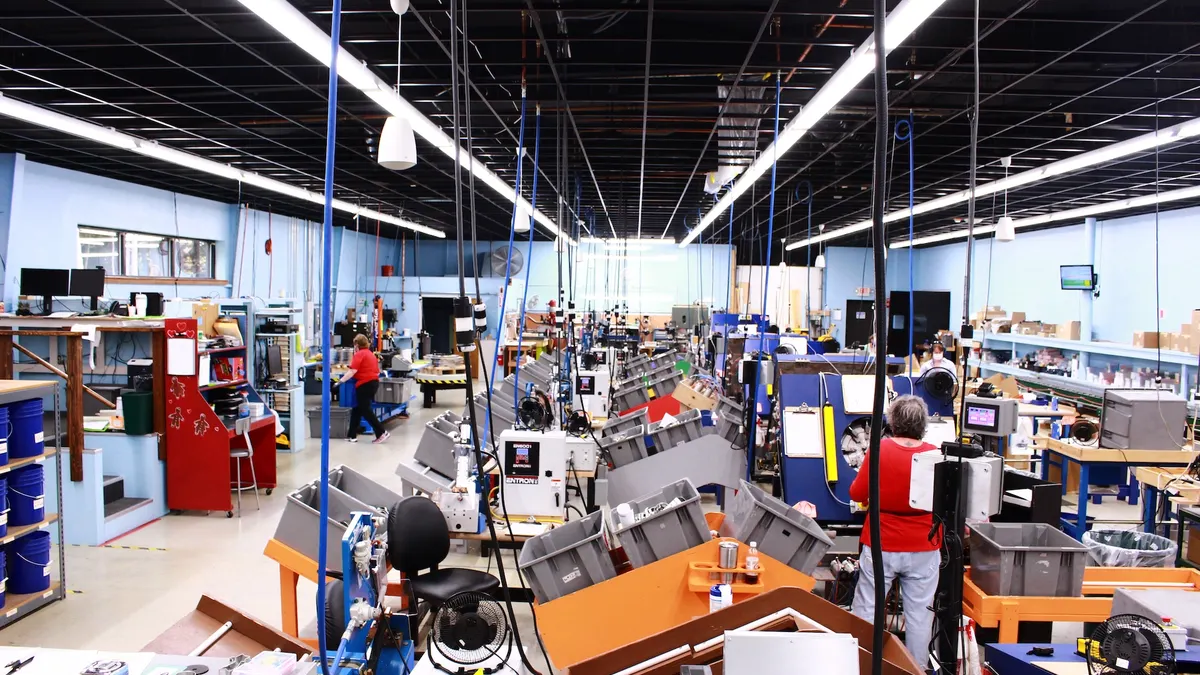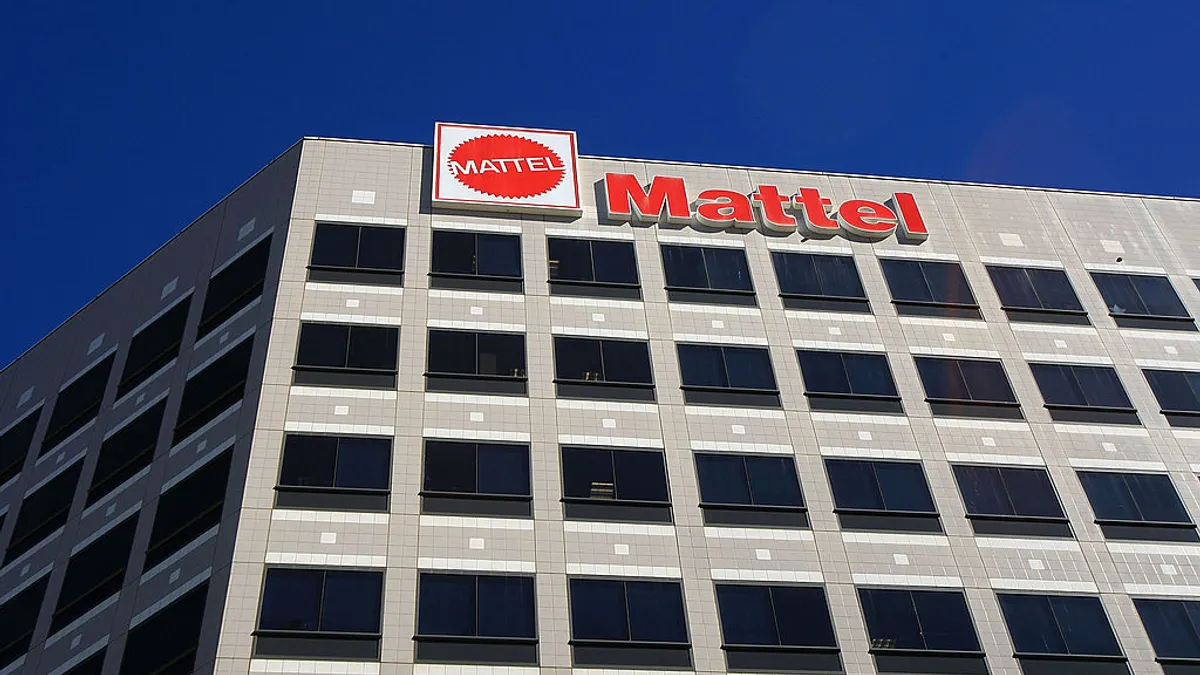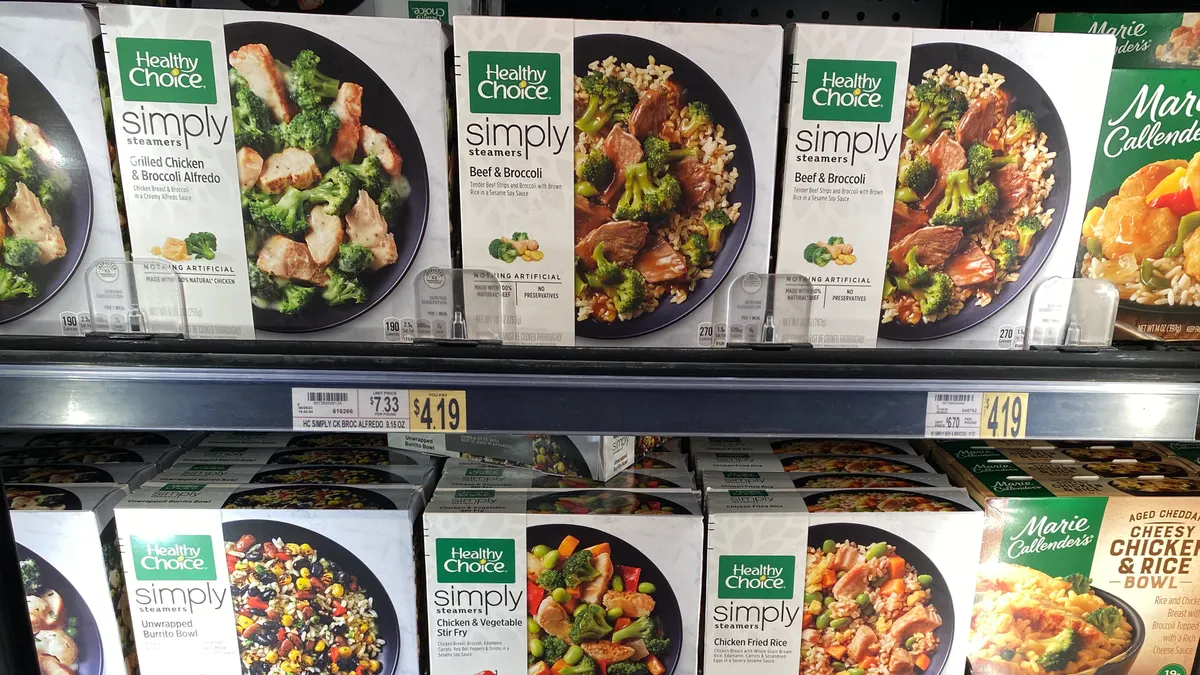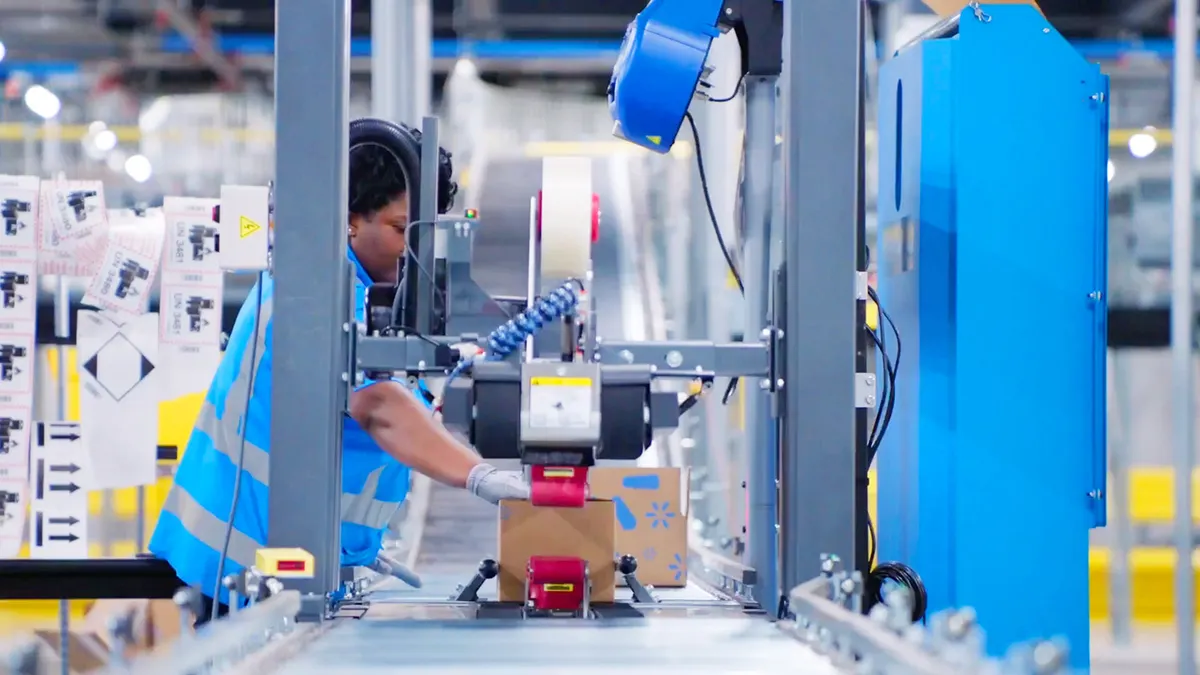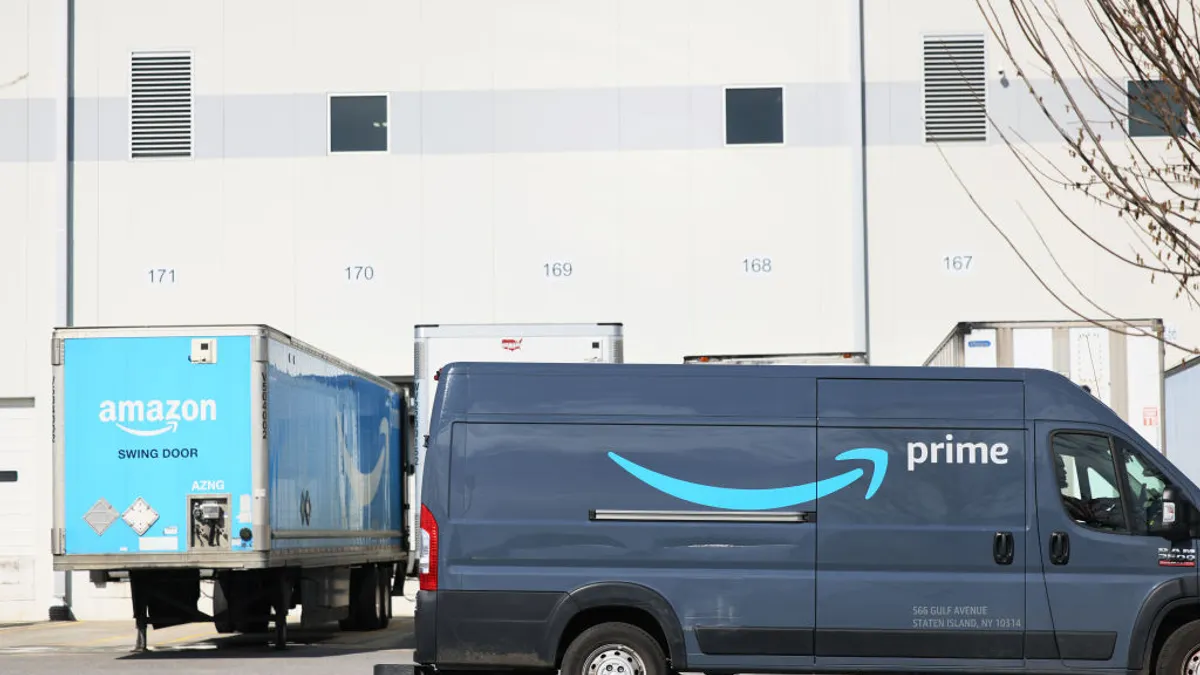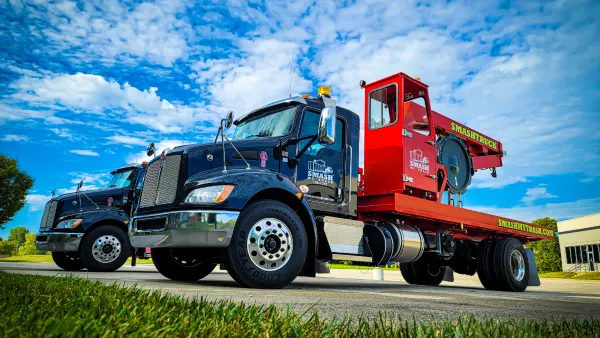This is an op-ed written by Susan Helper, the Frank Tracy Carlton professor of economics at the Weatherhead School of Management at Case Western Reserve University in Cleveland. Opinions are the author’s own.
Supply chains have been fragile for some time, dating back to before the COVID-19 outbreak. Within the last two decades, there have been major disruptions caused by the Fukushima Daiichi tsunami in Japan in 2011, the floods in Thailand that same year, and the SARS epidemic in China and Hong Kong from 2002 into 2003.
Though long supply chains are known to increase disruption risk, the typical methods firms use to make global sourcing decisions do not sufficiently consider this risk to individual businesses. Furthermore, these methods rarely consider the societal risks at both ends of the supply chain, including the potential for undercutting labor and environmental standards. The fact is that many far-away suppliers win bids partially because they suppress wages and pollute the environment.
The result of this is many supply chains are now "low-road," meaning they encourage the offshoring of jobs to smog-choked industrial zones packed with poorly paid workers operating under lax safety and environmental rules.
But an alternative exists, one where all the players — shareholders, workers, and consumers — are less exposed to the risks and social costs inherent in today’s global supply chains. Private- and public-sector leaders could build "high-road supply chains," in which greater, more equitable collaboration between management and workers promotes the sharing of skills, ideas, innovative processes and, ultimately, better products that can deliver higher profits and higher wages.
Global supply chains should not become 100% domestic. But both public- and private-sector leaders need to fully take into account the risks that far-flung supply chains pose — not only in the developing world, but also in those which have prospered mightily over the past half century or more from the offshoring of manufacturing. Even after considering these risks, most “high-road supply chains” will still likely have some offshore suppliers.
One small step to encourage high-road, versus low-road, supply chains is to develop a new approach to global sourcing decision-making, otherwise known as "total value contribution (TVC)," a term I and my two co-authors, John Gray and Beverly Osborn at The Ohio State University’s Fisher College of Business, propose in a forthcoming working paper.
TVC encourages supply-chain managers to first consider how decisions affect value drivers, before they even consider costs.
In addition to increasing attention to shareholder profit-maximization, revenue and risk (which are often neglected relative to cost), TVC explicitly encourages managers to consider other things they say they value — such as safe, reliable, and sustainable global supply chains.
Other approaches for moving beyond simple price-based metrics provide long lists of other factors to consider. But they still anchor decision-makers to bringing down cost. Further, they do not specify a process for decision-makers to handle the added complexity.
TVC, by contrast, draws on decision theory to: 1) help firms focus on total value, not just price, by structuring the analysis so that unit price information is provided only at the end of the process — not upfront; and 2) help firms include only those factors which are affected by the decision itself and are likely to have a big impact on what customers value, such as ethics and sustainability.
But firms do not bear all the costs of fragile, low-road supply chains. It is a lot to ask of managers, even those who wish to take the high road, to factor global externalities into their decisions. Policymakers too have a broad array of tools they could deploy to encourage high-road supply chains.
The exposure of the U.S. pharmaceuticals industry to supply-chain disruptions, due to the new coronavirus, is both emblematic of these disruptions for entire industries and a key lesson in why measuring suppliers’ TVC is important to economic well-being and health.
What might some first steps toward high-road supply chains look like?
In the pharmaceutical industry, policymakers could require pharmaceutical companies to indicate on all labeling where both the finished drug and the active ingredients were made, allowing for more transparency.
Additionally, implementing unannounced inspections of overseas drug facilities could help correct those plants’ regulatory advantage over those in the United States, where inspections are currently unannounced, requiring more effort from domestic manufacturers to maintain constant compliance versus their international peers. Such measures could reduce the incentive to produce drugs in low-cost locations, for example, tilting decision-makers toward preferring local sourcing.
Turning to the auto industry, it’s important to reduce the vulnerability of global auto-parts, just-in-time supply chains. There are numerous ways policymakers can encourage innovative reshoring, including by creating policies to nurture supportive ecosystems of innovative small and large firms, and improving access to trained workers in the U.S., applied research and development, and finance, all while convening supply chain players to develop a roadmap for products ripe for reshoring.
The new coronavirus outbreak has helped expose deep flaws in supply-chain management. But it’s not too late to employ a TVC approach to develop high-road supply chains to more holistically insulate firms, workers and consumers from supply chain shocks, such as the one we currently face.
This story was first published in our weekly newsletter, Supply Chain Dive: Procurement. Sign up here.





